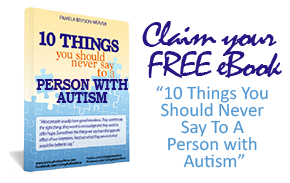The researchers found that children with dup15q syndrome have stronger beta oscillations than do children with autism or controls. “This is striking,” says Jeste. “There’s really no overlap with autism or controls.”
The findings suggest that beta oscillations could serve as a biomarker for 15q11-13 duplications. “One of the biggest challenges is that there are few objective and quantifiable biomarkers that can help us stratify children with a diagnosis,” says Jeste, assistant professor of psychiatry and neurology.

